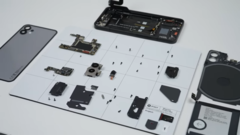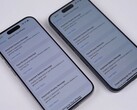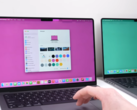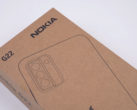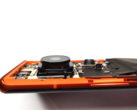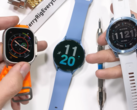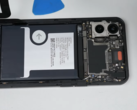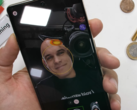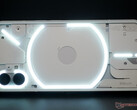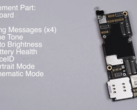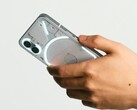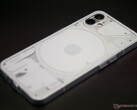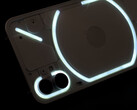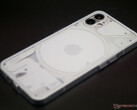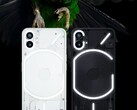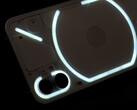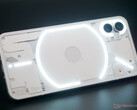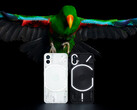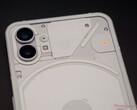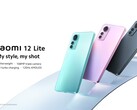Carl Pei's latest tech OEM Nothing touts its phone (1) as an Android device as one that provides a "joyful" and "intuitive" diversion from the current esthetic norms with its transparent rear panel through which its Glyph lighting system can be seen. However, these design choices seem to fail to set it apart when it comes to its durability, as some popular YouTubers have discovered.
As JerryRigEverything's Zach Nelson discovered, the phone (1) proved itself to be nothing special when subjected to the classic "deeper grooves at a level 7"-style assessments. It did survive with its screen still on at the end, with the slight exception of an ominous crunching noise apparently emanating from its standard-issue antenna line in response to the final bend test.
The phone (1) also returned a distinctly average result in a PBKReviews drop test. Its signature transparent back might have been slightly less resistant to cracking than its 120Hz AMOLED display - had the front panel not had a factory-installed plastic screen protector applied during the entire test.
Then again, with its looks, the Nothing phone (1) might strike one as more teardown-friendly than its Android competitors. However, the same channel gave it a markedly low repairability score, mostly thanks to the extra hurdles posed by its atypical profusion of (occasionally cosmetic) connectors, screws and covers - not to mention those extra rear-facing LEDs.
In addition, while its battery has a sought-after pull tab, it is backed up with glue that might still require the application of heat in the event of installing a replacement.
Hugh Jeffreys has backed those findings up in a subsequent phone (1) dissembly video, pointing out that all those extra internals might pose a greater risk of damage to other, more essential components when attempting to remove them.
Furthermore, the vlogger found that switching motherboards between 2 identical new Nothing handsets resulted in a fingerprint sensor malfunction: an apparent display of third party repair-resistant software-locking also seen in the Pixel 6 series. Then again, Google has open-sourced a solution, whereas in the case of the phone (1), there is nothing of the sort available.
Jeffreys was unable to avoid damaging the fingerprint reader cable in one of his units during their dissection, albeit not in a fatal or irreparable manner; therefore, it's hard to say whether the scrupulously-recorded teardown mishap contributed to this newly-discovered issue or not.
Therefore, it seems Nothing has indeed gone for iPhone-supplanting status, albeit in some strange and specific ways indeed. Hopefully, these online tests will not translate into a real-world problem for owners who choose to repair their own phone (1) in the future.




